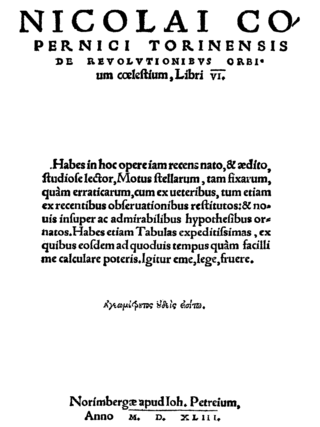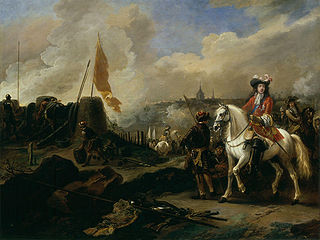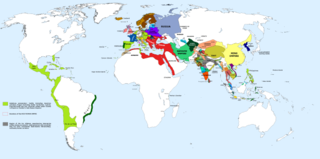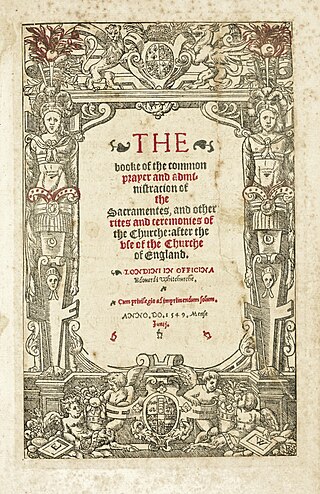
1661 (MDCLXI) was a common year starting on Saturday of the Gregorian calendar and a common year starting on Tuesday of the Julian calendar, the 1661st year of the Common Era (CE) and Anno Domini (AD) designations, the 661st year of the 2nd millennium, the 61st year of the 17th century, and the 2nd year of the 1660s decade. As of the start of 1661, the Gregorian calendar was 10 days ahead of the Julian calendar, which remained in localized use until 1923.
The 1540s decade ran from 1 January 1540, to 31 December 1549.

Year 1543 (MDXLIII) was a common year starting on Monday of the Julian calendar. It is one of the years sometimes referred to as an "Annus mirabilis" because of its significant publications in science, considered the start of the Scientific Revolution.

1685 (MDCLXXXV) was a common year starting on Monday of the Gregorian calendar and a common year starting on Thursday of the Julian calendar, the 1685th year of the Common Era (CE) and Anno Domini (AD) designations, the 685th year of the 2nd millennium, the 85th year of the 17th century, and the 6th year of the 1680s decade. As of the start of 1685, the Gregorian calendar was 10 days ahead of the Julian calendar, which remained in localized use until 1923.
The 1460s decade ran from January 1, 1460, to December 31, 1469.
The 1470s decade ran from January 1, 1470, to December 31, 1479.
The 1480s decade ran from January 1, 1480, to December 31, 1489.

Year 1540 (MDXL) was a leap year starting on Thursday of the Julian calendar.

The 1530s decade ran from January 1, 1530, to December 31, 1539.

The 1550s decade ran from January 1, 1550, to December 31, 1559.
Year 1480 (MCDLXXX) was a leap year starting on Saturday of the Julian calendar.

Year 1575 (MDLXXV) was a common year starting on Saturday of the Julian calendar.

1683 (MDCLXXXIII) was a common year starting on Friday of the Gregorian calendar and a common year starting on Monday of the Julian calendar, the 1683rd year of the Common Era (CE) and Anno Domini (AD) designations, the 683rd year of the 2nd millennium, the 83rd year of the 17th century, and the 4th year of the 1680s decade. As of the start of 1683, the Gregorian calendar was 10 days ahead of the Julian calendar, which remained in localized use until 1923.

Year 1552 (MDLII) was a leap year starting on Friday of the Julian calendar.

Year 1551 (MDLI) was a common year starting on Thursday of the Julian calendar.

Year 1549 (MDXLIX) was a common year starting on Tuesday of the Julian calendar. In the Kingdom of England, it was known as "The Year of the Many-Headed Monster", because of the unusually high number of rebellions which occurred in the country.
Year 1479 (MCDLXXIX) was a common year starting on Friday of the Julian calendar).
Year 1474 (MCDLXXIV) was a common year starting on Saturday of the Julian calendar.

John III, Duke of Cleves and Count of Mark, known as John the Peaceful, was the Lord of Ravensberg, Count of Mark, and founder of the United Duchies of Jülich-Cleves-Berg.















